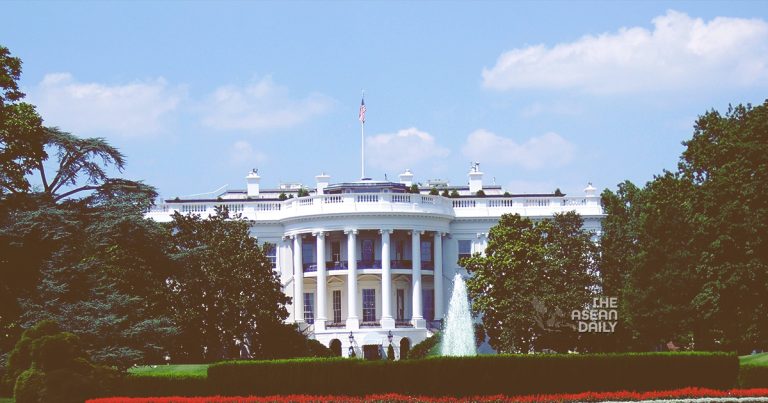25-7-2024 (WASHINGTON) The United States economy displayed remarkable resilience in the second quarter of 2023, outpacing analysts’ forecasts and demonstrating robust growth despite persistent economic headwinds. According to preliminary data released by the Commerce Department on Thursday, the nation’s real gross domestic product (GDP) expanded at an annualised rate of 2.8%, significantly surpassing the 2.1% growth projected by economists surveyed by Dow Jones.
This impressive performance marks a substantial acceleration from the 1.4% growth recorded in the first quarter, painting a picture of an economy that continues to defy expectations amidst ongoing challenges.
The unexpected surge in economic activity was primarily driven by robust consumer spending, with personal consumption expenditures rising by 2.3%, up from 1.5% in the previous quarter. Both the services and goods sectors experienced notable increases, underscoring the broad-based nature of consumer confidence.
Private inventory investment and non-residential fixed investment also made significant contributions to the overall growth figure, highlighting the resilience of business sentiment in the face of economic uncertainties.
However, the report was not without its caveats. Imports, which detract from GDP calculations, jumped by 6.9% – the most substantial quarterly increase since early 2022. This surge in imports suggests a potential imbalance in trade dynamics that could pose challenges in the future.
On a more positive note, inflation indicators showed signs of moderation. The personal consumption expenditures price index, a key metric closely monitored by the Federal Reserve, increased by 2.6% for the quarter, down from 3.4% in Q1. The core PCE price index, which excludes volatile food and energy prices, also decelerated to 2.9% from 3.7% in the previous quarter.
Despite these encouraging figures, there are indications of potential strains on consumer finances. The personal savings rate continued its downward trend, reaching 3.5% for the quarter compared to 3.8% in Q1. This decline in savings, coupled with reports of rising credit card balances and tightening credit standards, raises questions about the sustainability of consumer spending in the long term.




